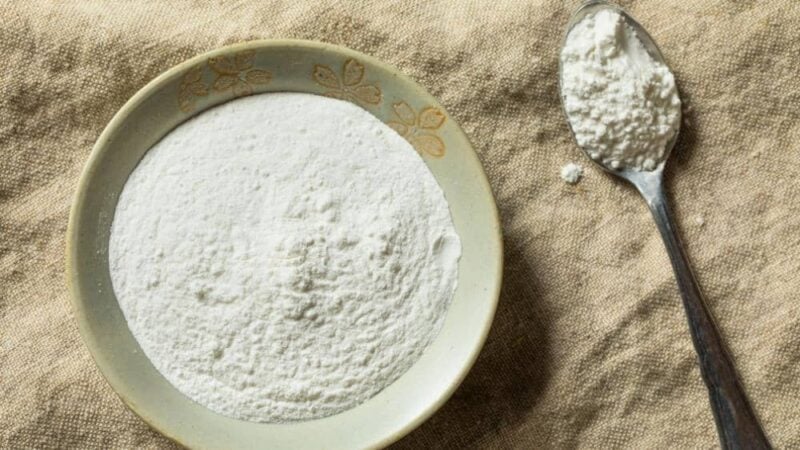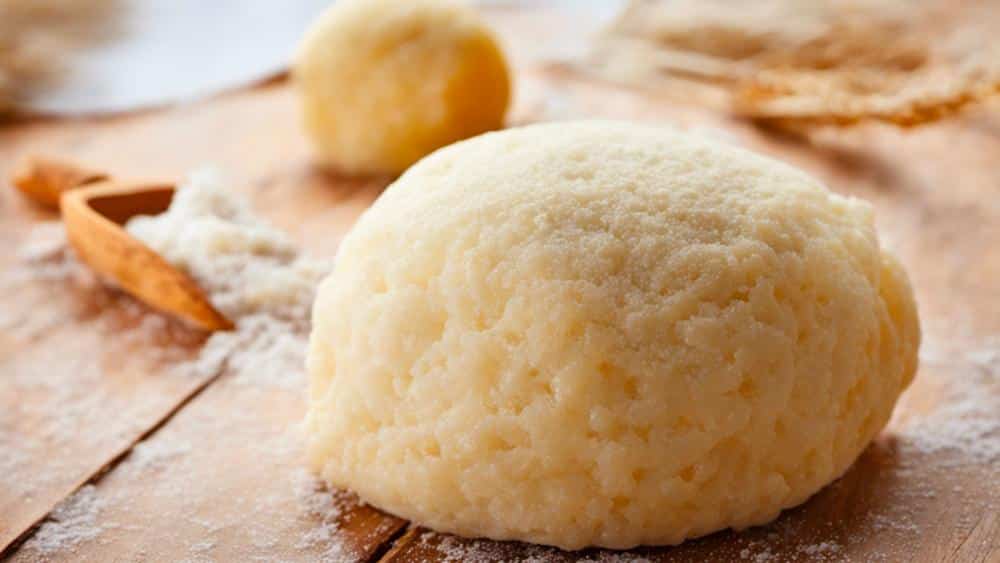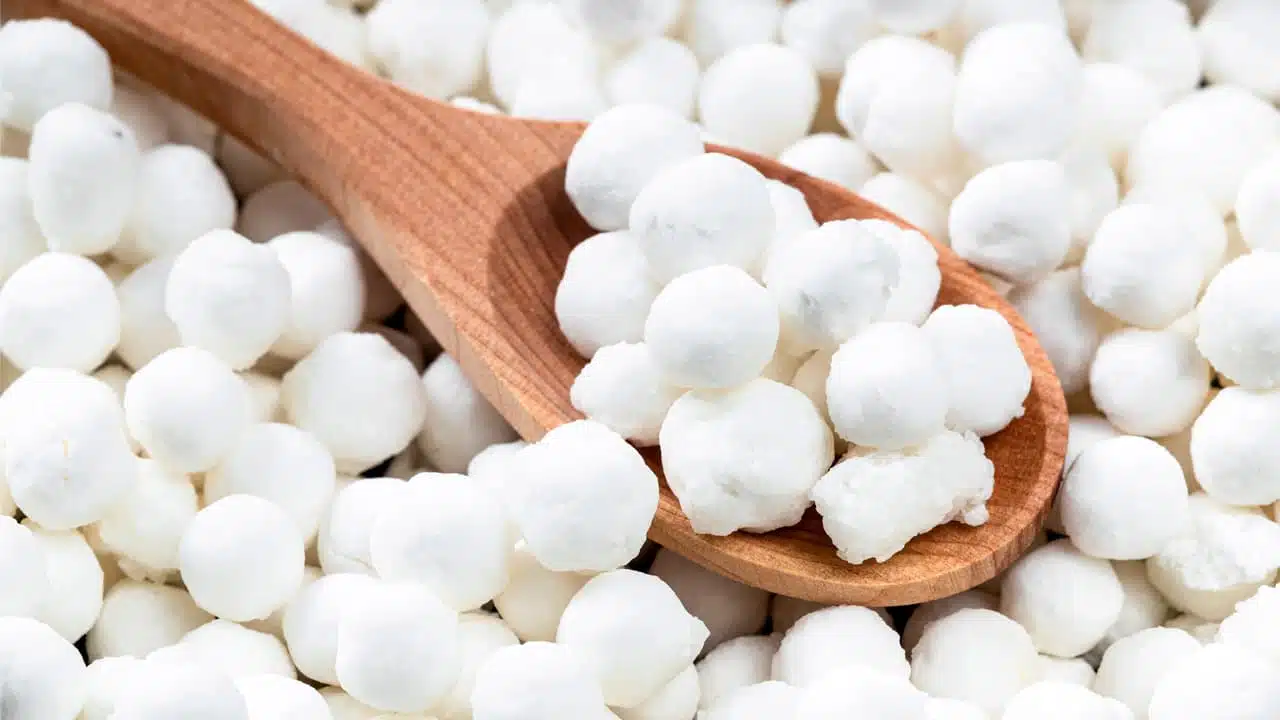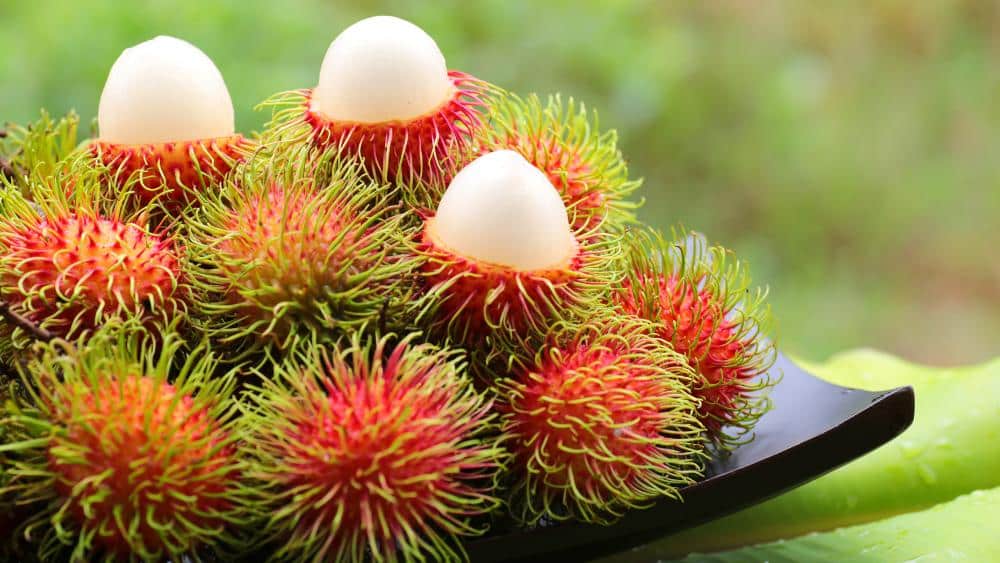Hello, dear and discerning readers of Paulina Cocina ! We constantly receive requests for recipes, culinary topics, and requests from you, and we love it. Because cooking is more than just recipes and how we make them.
It's about experimenting, learning, reading, and trying great ingredients that simplify things for us, like cream of tartar . This ingredient is prized for its ability to improve texture, stabilize egg whites, prevent sugar crystallization, and act as a leavening agent. A lot of things!
Its versatility in the kitchen makes it an essential ingredient in many recipes and culinary preparations. It's also used in cleaning and personal hygiene because it can help remove stains and mineral residue from surfaces and utensils. Does it remind you of baking soda? Oh, let's see the differences...
Content table
About cream of tartar
What is cream of tartar, that kitchen essential?
Also known as potassium bitartrate, it is a natural chemical compound found in wine fermentation residue. This white, crystalline powder has multiple uses in cooking and the food industry due to its unique properties.
It's a versatile compound in cooking, used primarily as a leavening and stabilizing agent, and also as a substitute in certain culinary preparations. Its presence in a cook's pantry can be invaluable in achieving optimal results in various recipes.
Cream of tartar in the kitchen
It is primarily used as a leavening agent. Combined with baking soda, it creates a chemical reaction that produces carbon dioxide, which causes the dough or mixture to expand during baking. It's useful in baked goods such as cakes, cookies, and soufflés to make them fluffier and lighter.
Another common use in cooking is as an egg white stabilizer. When egg whites are beaten, cream of tartar helps maintain their firmness and structure, preventing them from collapsing.
This is essential when preparing meringues such as Swiss meringue , Italian meringue , among others, to obtain firm and shiny peaks.

What it is for and how to replace it
In addition to its leavening and stabilizing functions, it is used in the production of syrups to prevent sugar crystallization and in the manufacture of gelatins and gelling agents in the food industry. It can also act as an acidulant in some products, providing a slightly acidic flavor.
Most important function of cream of tartar in cooking
One notable feature is its ability to replace baking powder in some recipes. By combining it with baking soda in the right proportion, you can achieve the same leavening effect without the metallic taste that baking powder sometimes leaves behind.
How to substitute cream of tartar
As a substitute, tartar can be replaced in certain recipes with a mixture of baking soda and an acid, such as lemon juice or vinegar. This combination creates the same leavening reaction as cream of tartar , which is useful when the latter isn't available in the pantry.
The typical ratio is to replace 1/2 teaspoon of cream of tartar with 1/4 teaspoon of baking soda and 1/2 teaspoon of acid (usually lemon juice or vinegar) in the recipe.
Difference between baking soda and cream of tartar
Cream of tartar and baking soda are two common kitchen ingredients, but they have different purposes and properties. Cream of tartar , also known as potassium bitartrate, is a chemical compound, while baking soda is an alkaline substance.
The main function of sourdough is to act as a leavening agent and stabilizer in cooking recipes. Baking soda, is a leavening agent that reacts with acids to release carbon dioxide, which causes mixtures to increase in volume during cooking.
As for flavor, it does not add significant flavor to the foods in which it is used, while baking soda can leave a slightly salty or alkaline taste if used in excess.
The names of cream of tartar
It is known by several names. Its most common name is "cream of tartar," but it is also called "potassium bitartrate" due to its chemical composition.
This name is derived from the combination of “bitartrate,” which refers to the acid salt, and “potassium,” the alkali metal that is part of its structure.
In some regions, it may be known as “salt of tartar” or simply “tartar.” These names are used more colloquially and refer to its natural origin in the residue from wine fermentation, which is sometimes referred to as “wine tartar.”
In the culinary field and food industry, it may also be referred to as “tartaric acid” due to its ability to act as a mild acidifying agent, although its primary function is usually as a leavening and stabilizing agent in cooking.






